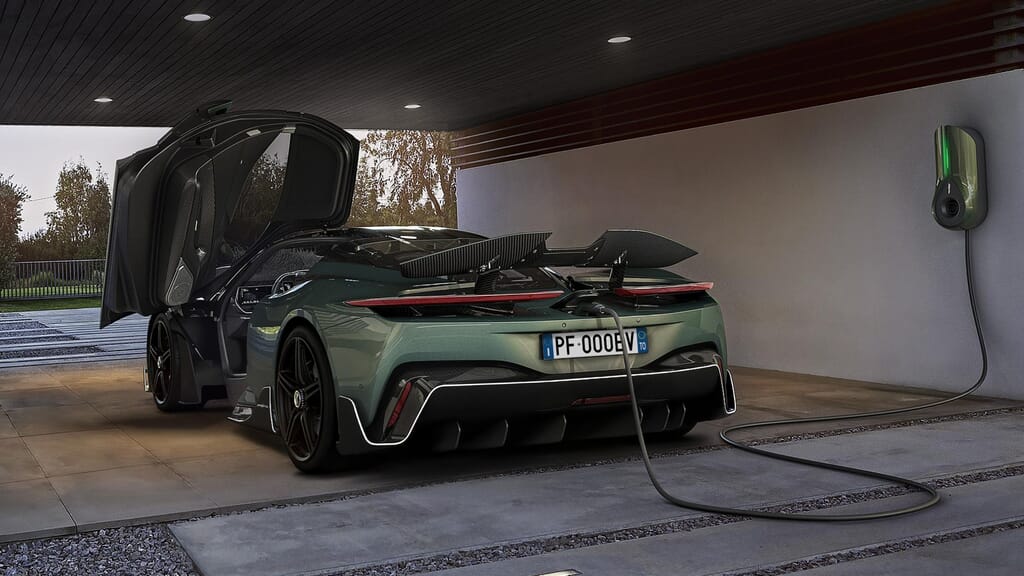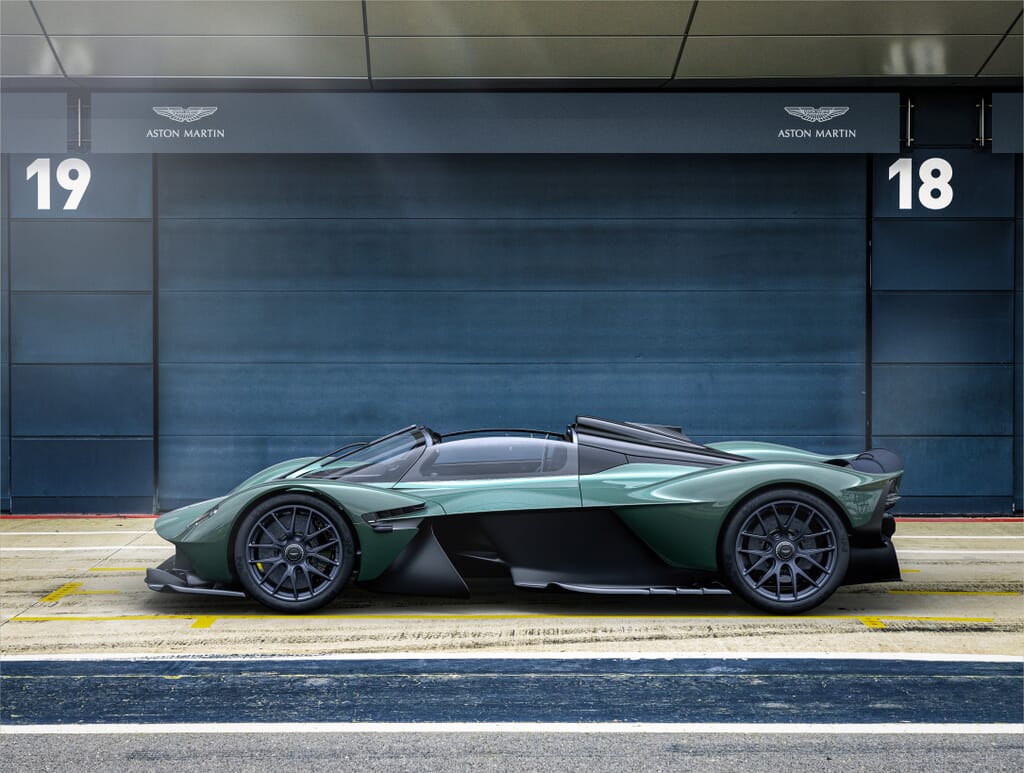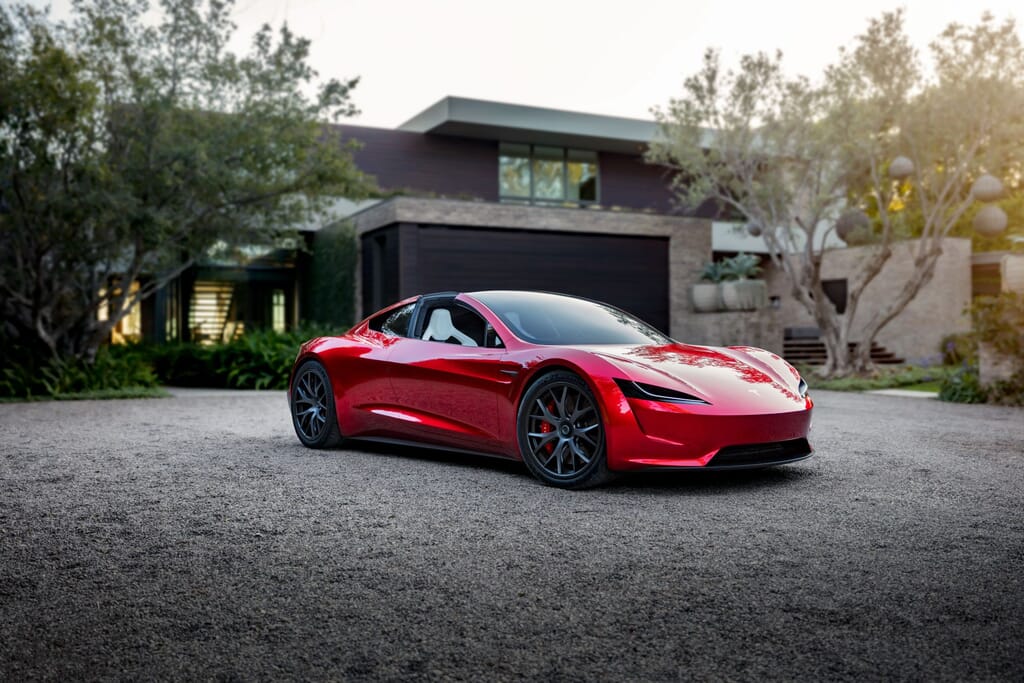
The Tesla Roadster – A potential collector car? [Image Credit: Tesla]
The Evolution of Premium EVs
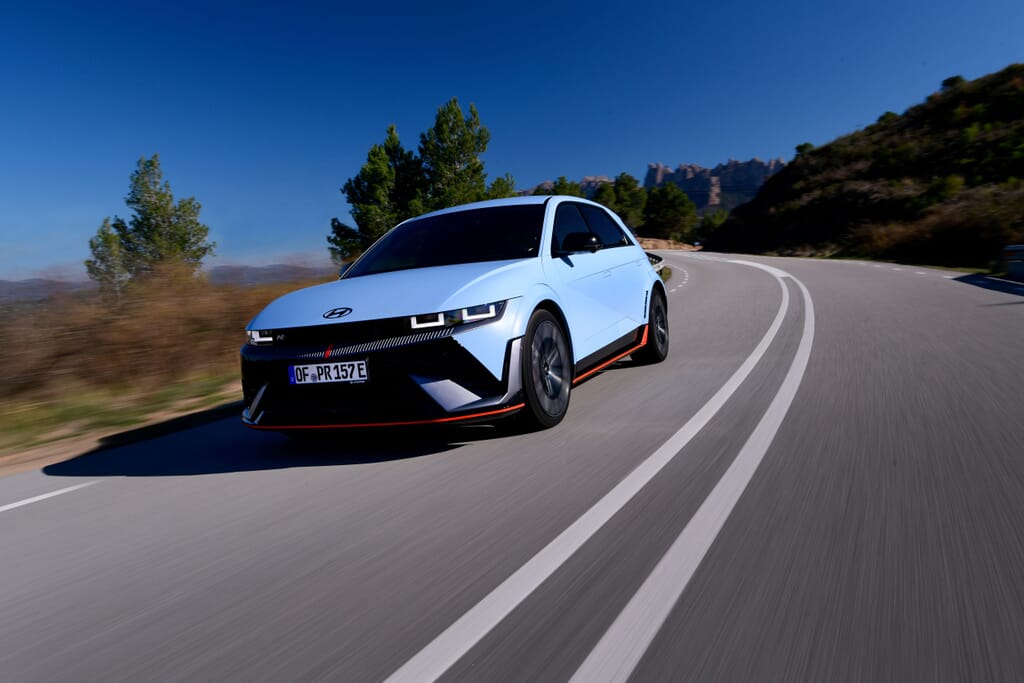
[Hyundai Ioniq 5 N. Image Credit: Hydunai]
From inauspicious beginnings with the likes of the Nissan Leaf and Mitsubishi i-MiEV at the start of the 2010s, the electric car market today is unrecognisable compared to how it was just ten to fifteen years ago. Once a novelty, EVs are now effectively the mainstream – though for enthusiasts, they’re taking a little more time to worm their way into most peoples’ affections.
It’s the collector car market where their influence might take the longest to make an impact. On the face of it, EVs seem at odds with the collector car concept. Why have a car that purports to be more environmentally friendly, and limit it to infrequent use? Likewise, one theoretically more usable, less reliant on regular maintenance, and cheaper to run, and not take advantage? With even the best production electric cars, such as the Hyundai Ioniq 5 N, only just beginning to tickle the senses of driving enthusiasts, will it take even longer for collectors to warm to their (as yet limited) charms?
While consumers are (if at a slower rate than expected) beginning to embrace EVs as everyday transport, initial signs aren’t promising at the top end of the market.
Electric Hypercars vs Traditional Supercars
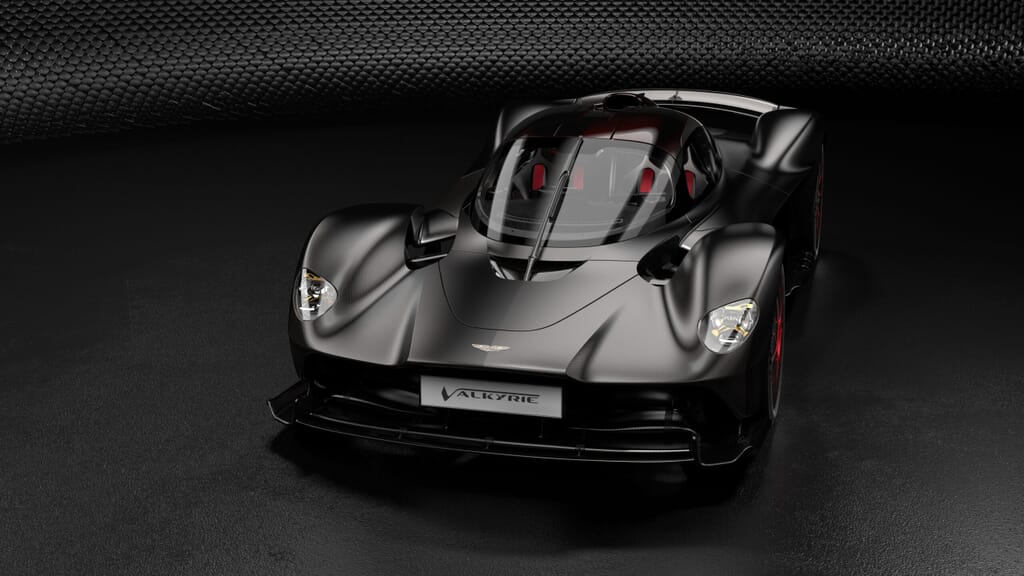
[Aston Martin Valkyrie. Image Credit: Aston Martin]
Consider the stark contrast between the fastest cars in the world with traditional supercars versus electric hypercars. Gordon Murray Automotive committed to building 100 examples of its screaming 11,500rpm, manual-gearbox T.50 supercar, and all 100 were accounted for within 48 hours. Aston Martin similarly claims that its 275-unit production run for the Valkyrie has been sold, and if it hadn’t been by the start of 2025, confirmation the car would run at Le Mans has surely spurred the final few buyers into action. Horacio Pagani will, we’re sure, have absolutely no trouble finding homes for every Utopia it builds.
Things aren’t so rosy for their electric hypercar equivalents. Pininfarina, one of the most famous names in luxury and performance motoring from designing decades of Ferraris, was still yet to sell its run of a planned 150 Battista electric hypercars as of the start of 2024, despite it going on sale in 2022. The emergence of a special one-off model, the Targamerica, in late 2024 (commissioned by legendary basketball player Michael Jordan) suggests the firm still had a few chassis lying around to play with by that point.
Similarly, the car on which the Battista is based, the Rimac Nevera, has struggled to sell. In May 2024, even company founder Mate Rimac himself (a true petrolhead, despite running a company that has engineering agreements with a huge number of OEMs dabbling in the EV space) admitted that buyers at this level want combustion, not electrons.
Premium electric cars unequivocally deliver on pure performance, but just like the old Porsche ad that asked, “Honestly now, did you spend your youth dreaming about someday owning a Nissan or Mitsubishi?”, few enthusiasts and collectors grew up dreaming about owning a silent supercar. The T.50 and Valkyrie, and no doubt the upcoming Bugatti Tourbillon (ironically, launched under Rimac ownership) have made one thing very clear: the more cylinders, the better.
Classic EV Conversions
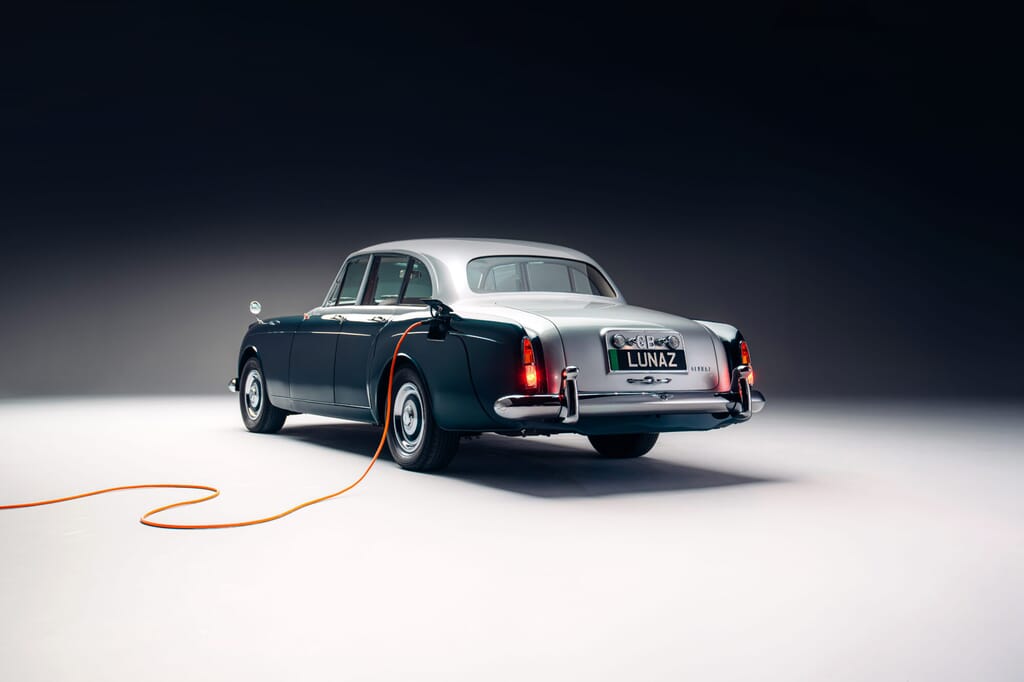
[An electric Bentley by Lunaz. Image Credit: Lunaz]
So if not new EVs, then how might electric models dangle that olive branch in front of collectors? If your name is Lunaz, Everrati, or Totem Automobili, the answer might be conversions and restomods.
Lunaz has made its name converting high-end British classics to electric power, from a Jaguar XK120 to a 1960s Rolls-Royce Phantom V. Everrari bills itself as “future-proofing past masters”, and has developed potent electric versions of the Porsche 911, as well as converting a Land Rover Series II, Mercedes-Benz ‘Pagoda’ SL, and even a GT40 built by Superformance. Totem, meanwhile, builds impossibly high-end versions of the classic Alfa Romeo Giulia GT coupe, some powered by a modern V6, but also as a 590bhp electric rear-driver.
As each commissions cars on an individual basis (to say nothing of the dozens of other companies that turn everything from Beetles to Minis to MX-5s into electric cars – UK-based Electrogenic has recently developed a plug-and-play kit for the latter, and is well versed in Minis) so sales volumes will never be high, and no doubt some of these cars will be parked alongside their combustion counterparts – someone out there will surely buy a Totem to go with their classic 1960s Giulia GTA.
But given the engineering (and expense) that currently goes into these cars, and indeed the time commitment of having something restored or custom built, they’re likely to remain a niche curiosity for quite some time. While price may not be a factor to those at the very top of the market, even the average E-Type or Giulia buyer is unlikely to wish to spend half the car’s value again to give it a character bypass, less noise and interaction the handful of times a year they might use it.
Investment Considerations

[Electrogenic’s converted electric Mini. Image Credit: Small Car Big City]
It remains to be seen where future values will go with converted classics too – while money isn’t everything, some expectation of appreciation undoubtedly helps to drive the collector car market. Few collectors clamour for vehicles they know will drop like a stone.
There are undoubtedly use cases for converted EVs. Electrogenic has helped build cars for London-based Mini tour company Small Car Big City. There, electric power makes sense not just to dodge congestion charges and ULEZ for a company that operates entirely in central London, but also because it’s so much easier for their hundreds of customers to jump into and have fun with straight away.
It saves the company money, too – clutches and gearboxes are considered standard wear and tear items when you put unfamiliar drivers in a classic city car, and then there’s the fuel cost to think about too. Extrapolate this, and you can see how collectors might consider setting aside an EV – whether brand new, or a conversion like that Mini – for city use alone, particularly as city centres put ever tighter restrictions on combustion use.
Future Outlook for EV Collections
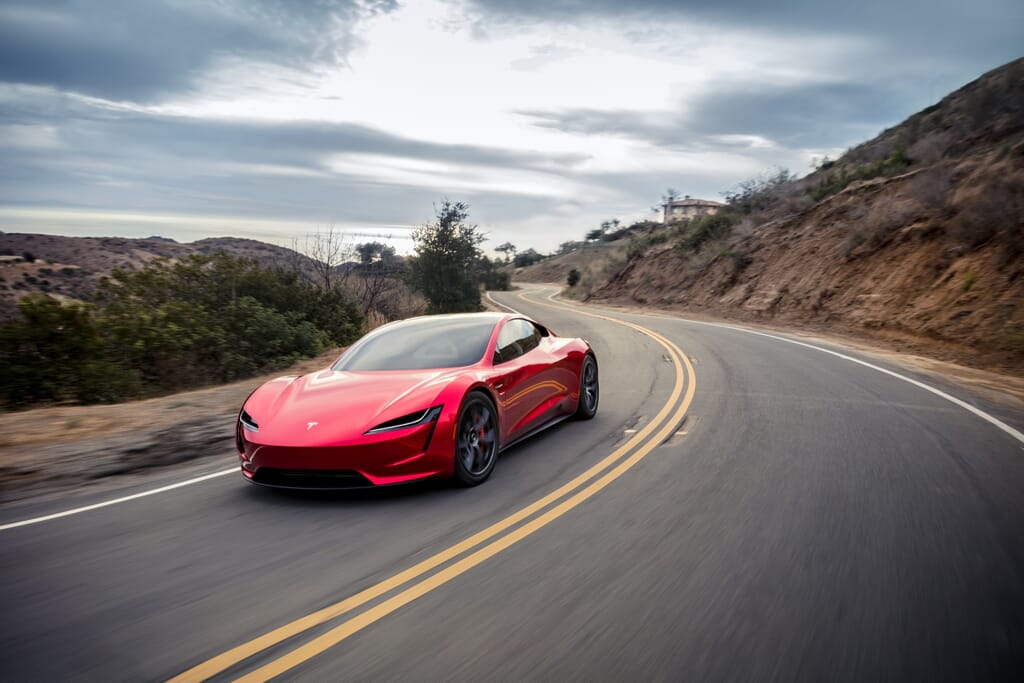
[Tesla Roadster. Image Credit: Tesla]
And that, ultimately, is how the car market is likely to diverge. For most enthusiasts and collectors, combustion will play a major role for quite some time to come. We’ll note that classic car magazines are already beginning to feature the Tesla Roadster as a potential collector car, though whether Elon Musk’s antics will turn that pioneering model into an automotive pariah is another matter. But in the main, premium electric cars are unlikely to take up too much garage space in collections in the coming years.
Instead, EVs take up driveway space, as fuel costs, Benefit in Kind and VED taxation, city centre restrictions, simple refinement and ease of use make electric cars increasingly appealing as daily drivers. Their greatest value for enthusiasts may in fact be to draw a clearer distinction between mere transportation, and emotional, recreational vehicle ownership.
Specialist Storage for Premium Electric Cars
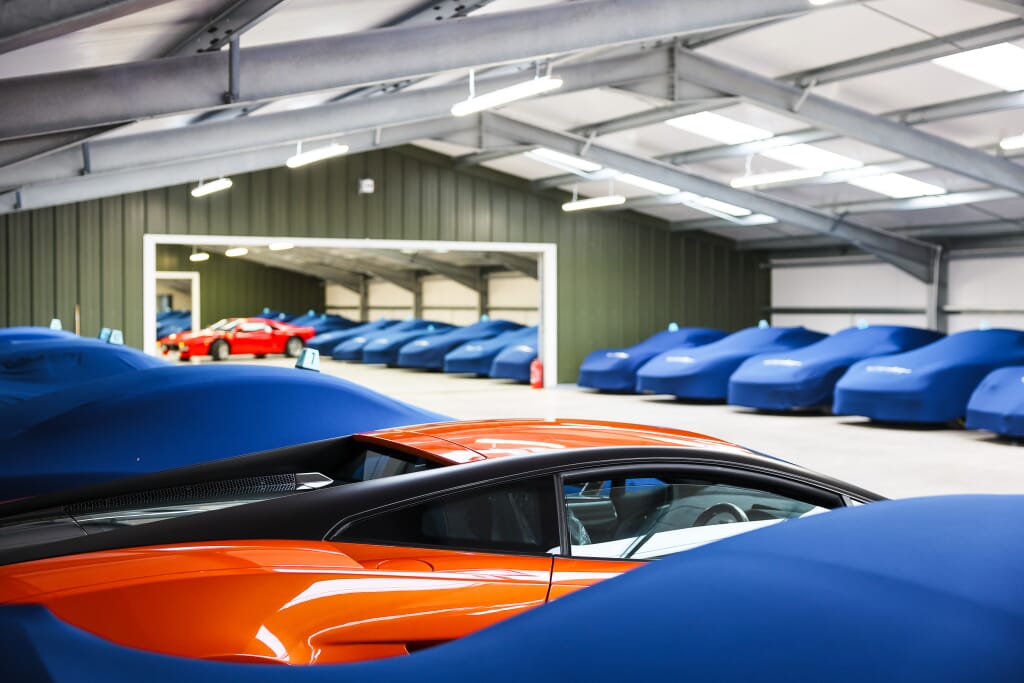
At Windrush, electric car storage is just one of our specialist services. Whether you own an electric vehicle, supercar or classic, our bespoke maintenance plans ensure that your car will be in peak condition. For more details on our industry leading storage solutions, contact the Windrush team today.


